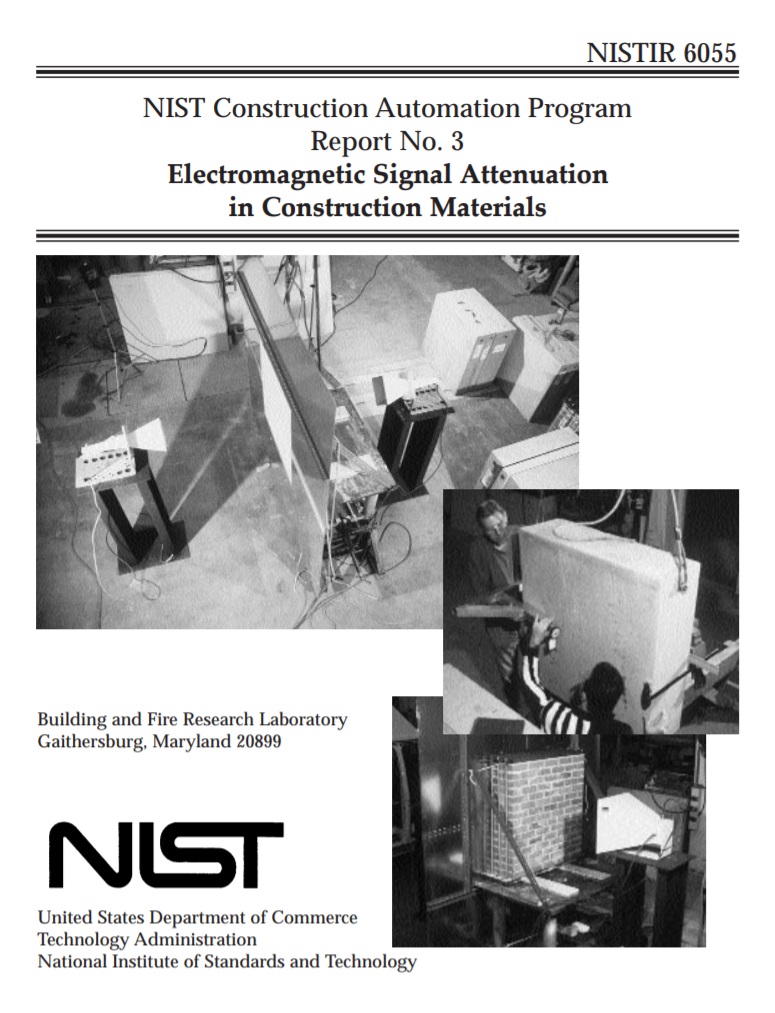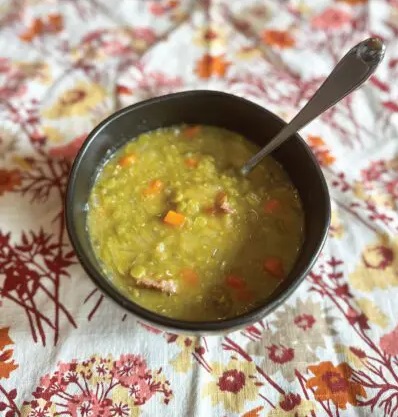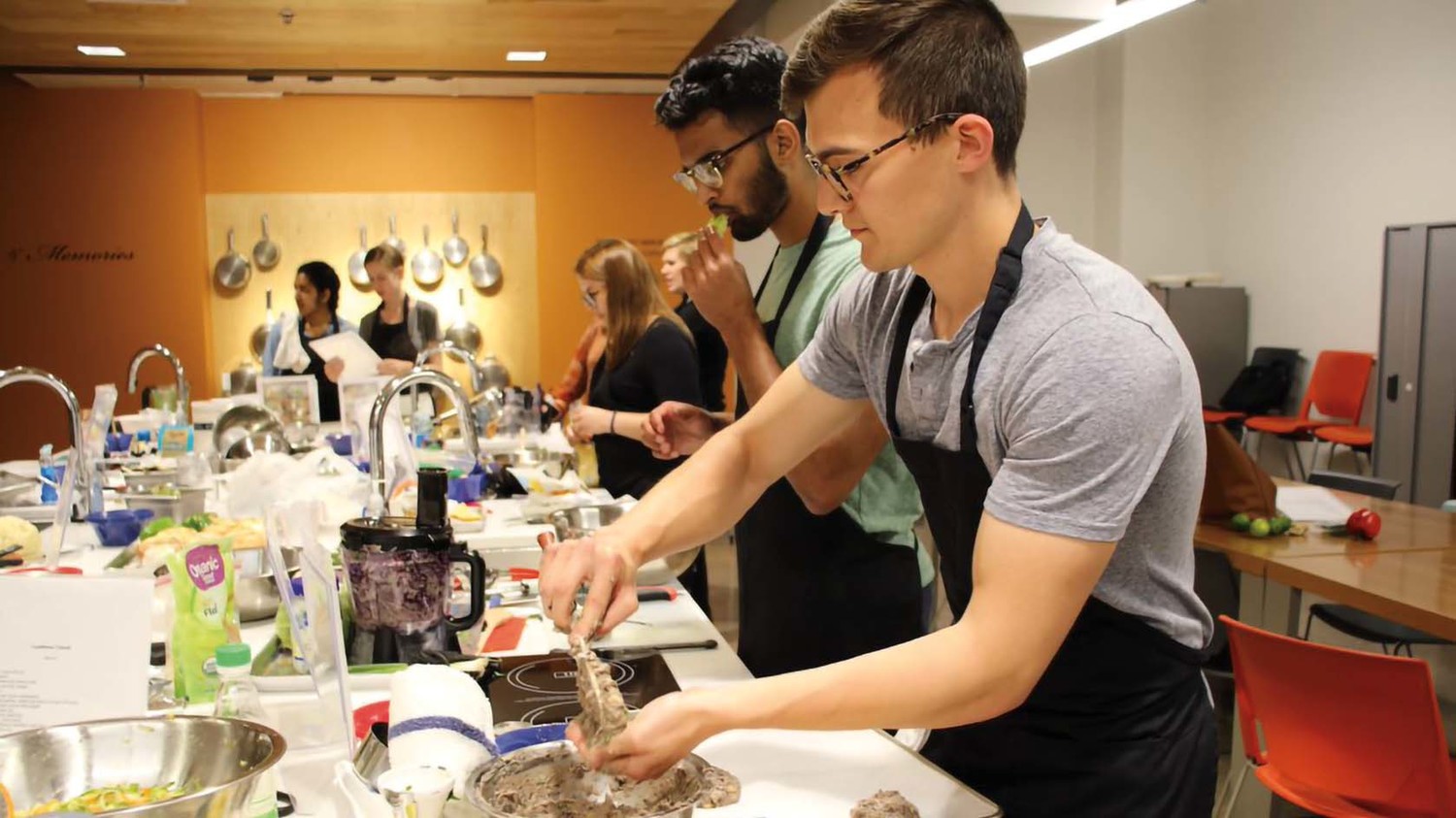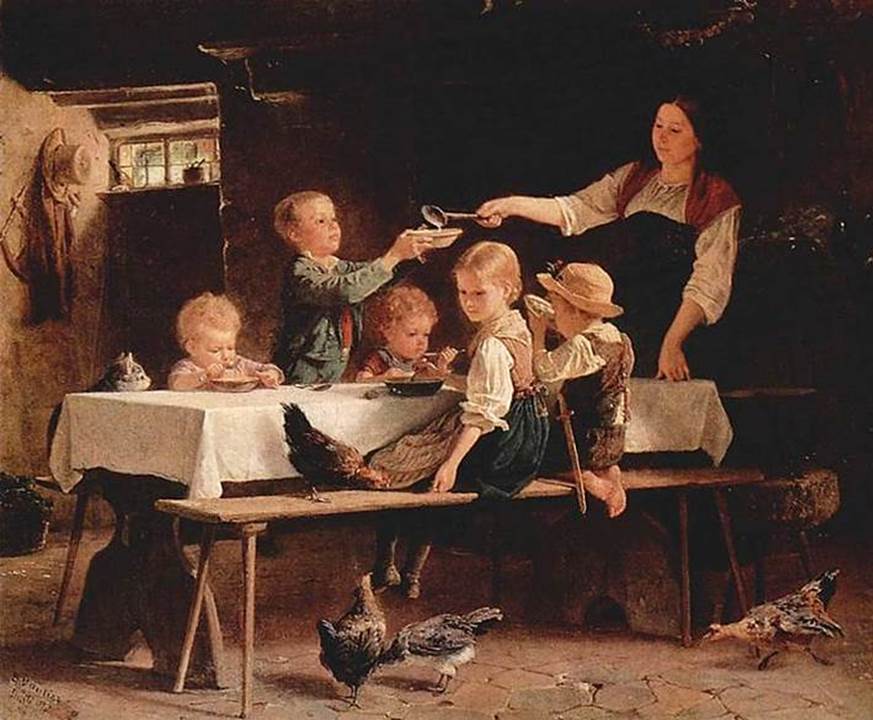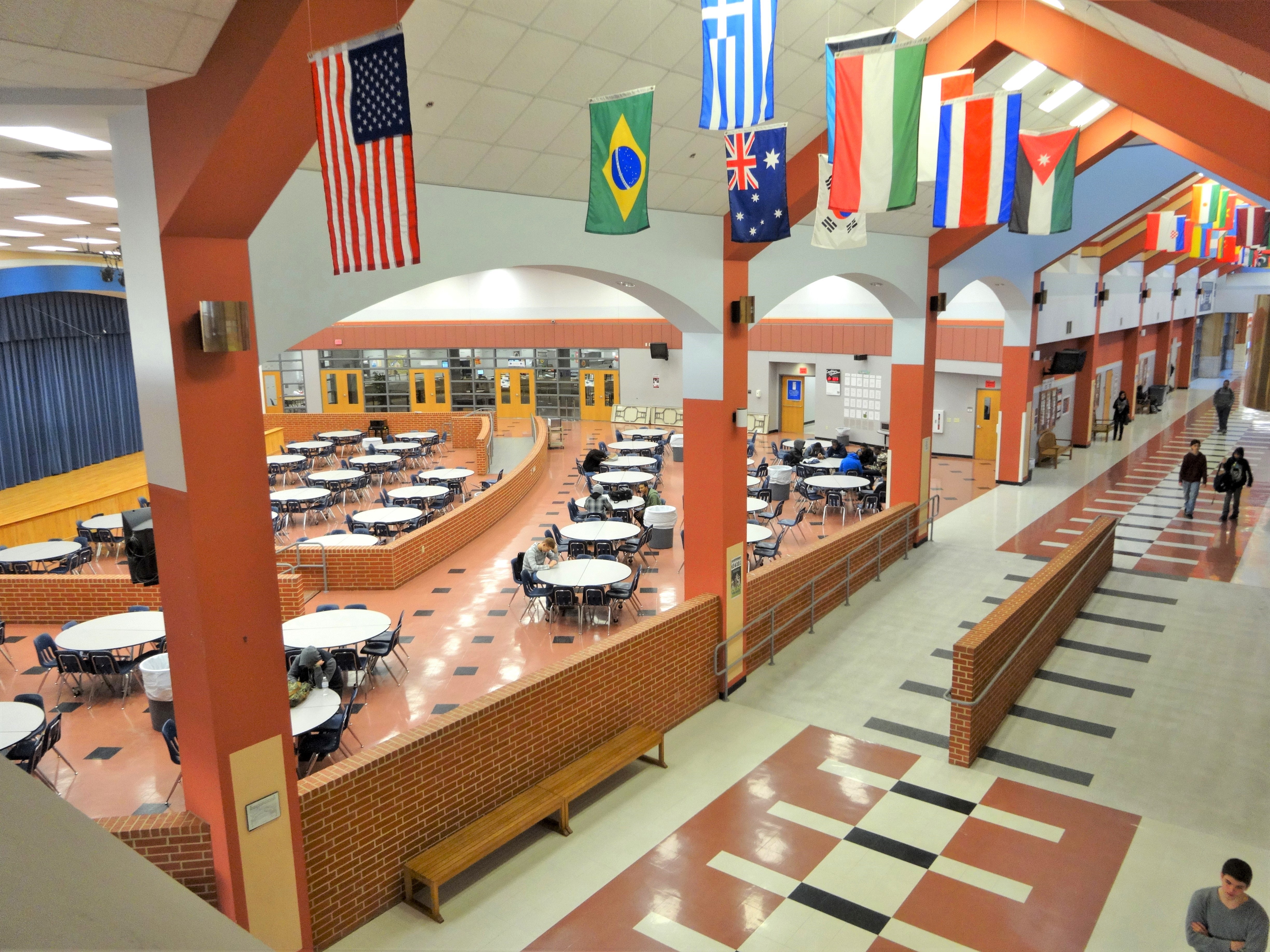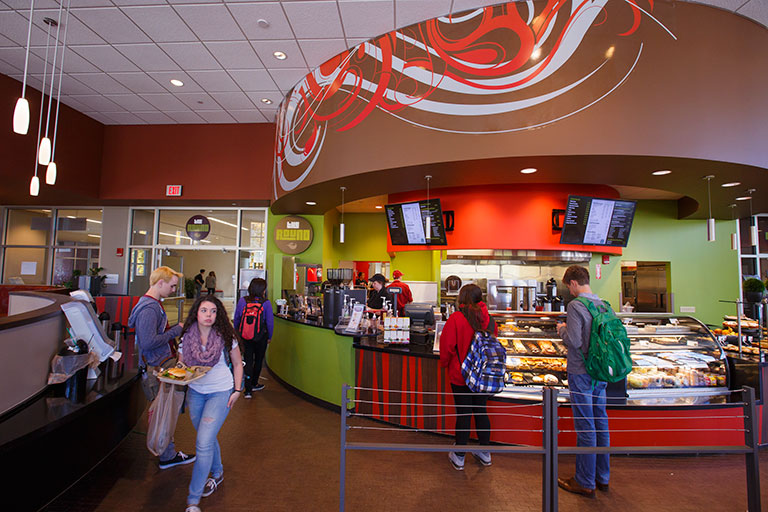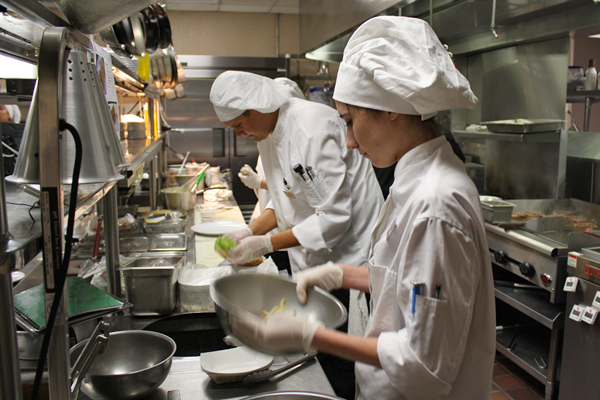“Radio is the perfect medium for communication.
It is instantaneous, and unlike television,
it allows you to use your imagination.”
-Guglielmo Marconi
LIVE: 91.3 FM Cal Poly Student Radio
- Home Page 17

LIVE: 91.3 FM Cal Poly Student Radio
Split Pea Soup & Ham
Oklahoma Commercial Kitchen Requirements
Ingredients:
1 pound dried split peas, rinsed and picked over
1 ham hock, ham bone, or 1 pound diced ham
1 onion, chopped
2 carrots, chopped
2 celery stalks, chopped
2 cloves garlic, minced
8 cups chicken or vegetable broth
2 bay leaves
Salt and pepper to taste
Optional: thyme, parsley, or other herbs for flavor
Instructions:
Prepare the ingredients: Rinse the split peas under cold water and pick out any debris. Chop the onion, carrots, and celery. Mince the garlic.
Sauté aromatic vegetables: In a large pot or Dutch oven, heat some olive oil over medium heat. Add the chopped onion, carrots, celery, and garlic. Sauté until softened, about 5-7 minutes.
Add split peas and broth: Add the rinsed split peas to the pot, along with the ham hock, ham bone, or diced ham. Pour in the chicken or vegetable broth. Add bay leaves and any other herbs you’re using.
Simmer the soup: Bring the soup to a boil, then reduce the heat to low. Let it simmer, uncovered, stirring occasionally, until the split peas are tender and the soup has thickened, about 1 to 1.5 hours. If using a ham hock or bone, remove it from the soup once the meat is falling off the bone; shred the meat and return it to the pot.
Season to taste: Taste the soup and season with salt and pepper as needed. Adjust any other seasonings to your liking.
Serve: Remove the bay leaves before serving. Ladle the soup into bowls and enjoy hot. Optionally, you can garnish with chopped fresh parsley or a drizzle of olive oil.
Tips:
You can customize the soup by adding other vegetables like potatoes or leeks.
For a vegetarian version, omit the ham and use vegetable broth instead of chicken broth.
Split pea soup tends to thicken as it sits, so you may need to add more broth or water when reheating leftovers.
Kitchens 200
“A good home must be made, not bought.
In the end, it’s not track lighting or a sun room
that brings light into a kitchen.”
Today we examine the literature that informs the safety and sustainability of small to medium-sized food preparation occupancies. Kitchenettes are often integrated into other living spaces such as gathering space on a single floor in a dormitory (unlike the full size dormitory kitchen), the teachers or faculty lounge.
Kitchenettes usually contain basic appliances and fixtures necessary for minimal food preparation, such as a small refrigerator, microwave or toaster oven, sink, and possibly a hot plate or small stove.
Kitchenettes are primarily intended for simple meal preparation and light cooking.
Kitchenettes may have limited storage capacity, requiring users to maximize space utilization through creative storage solutions.
School districts, colleges, universities and university-affiliated hospitals typically have hundreds of them; all of which present significantly elevated hazard as the focal area for nearly all activity.
They are the locus for concentrated electrical load. Our approach will be examine case studies and reflect back to the codes and standards. Use the login credentials at the upper right of our home page.
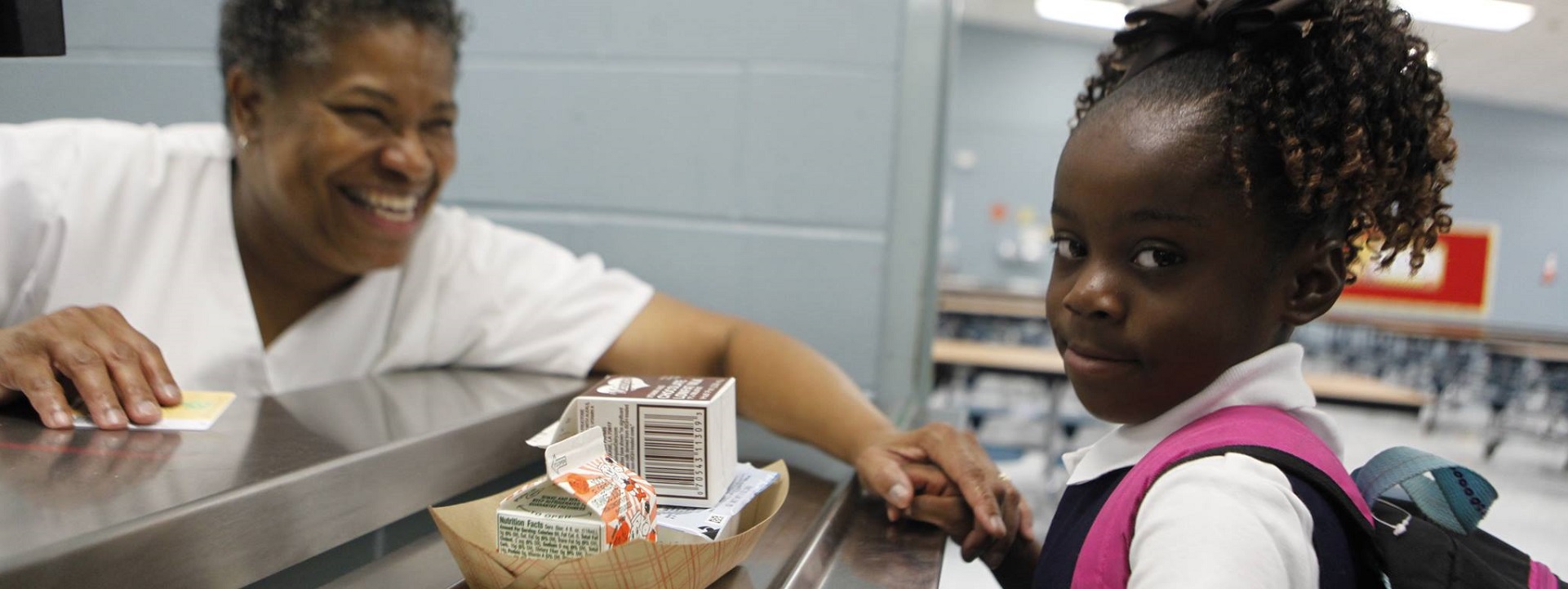
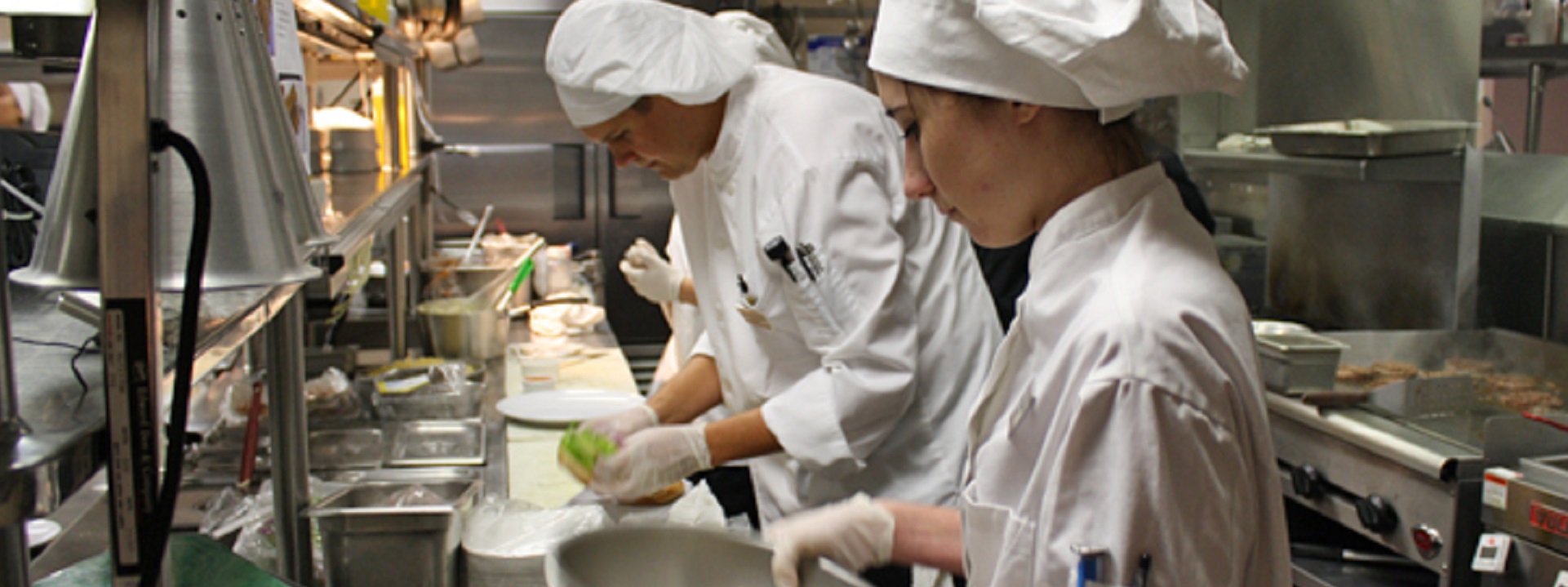
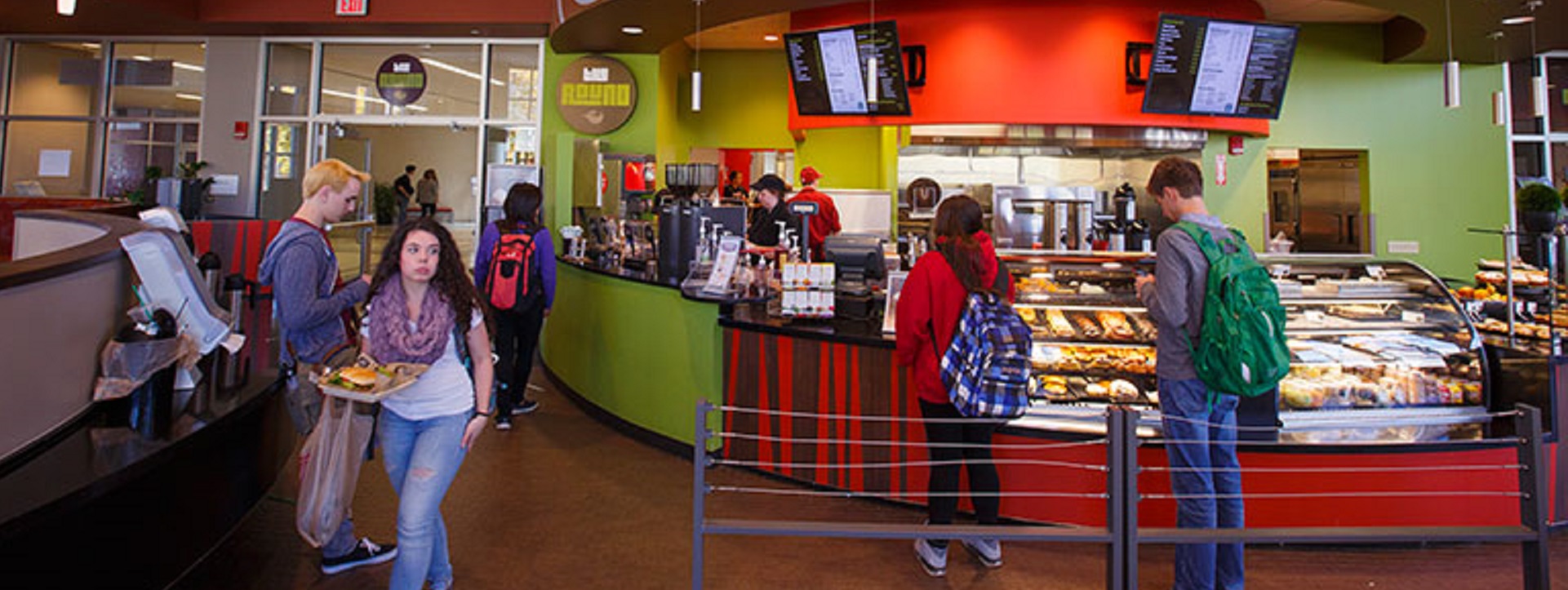
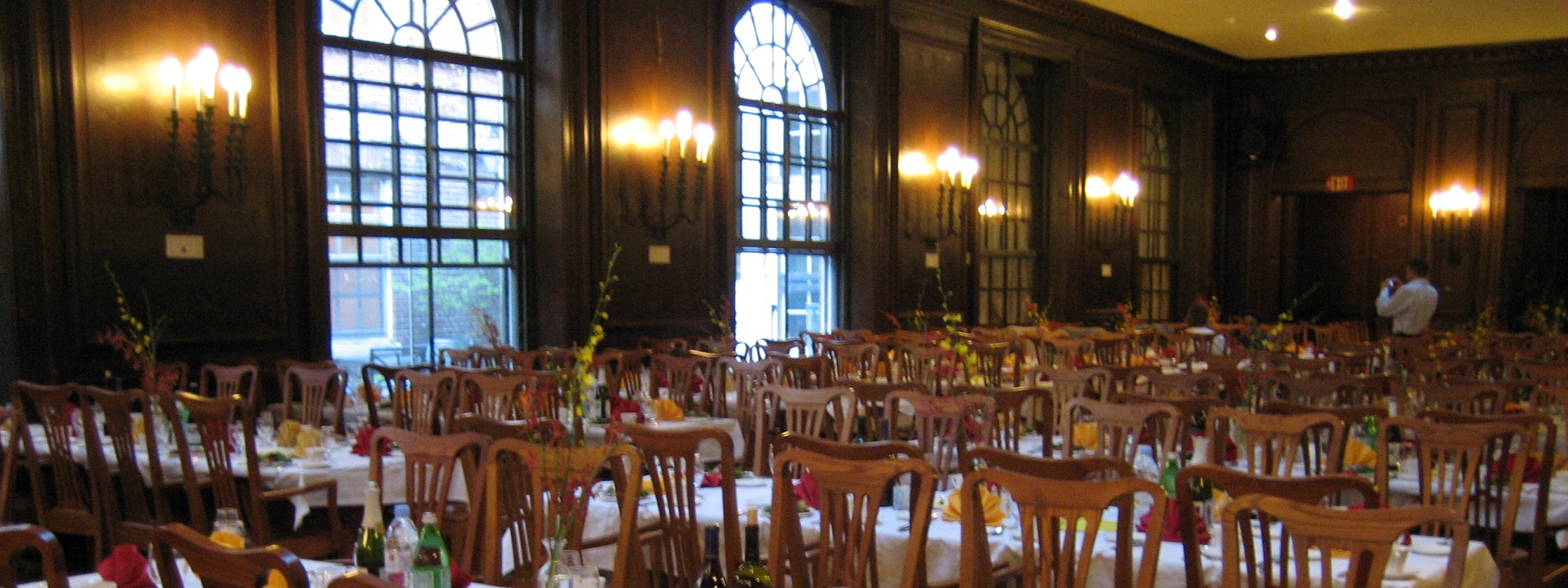
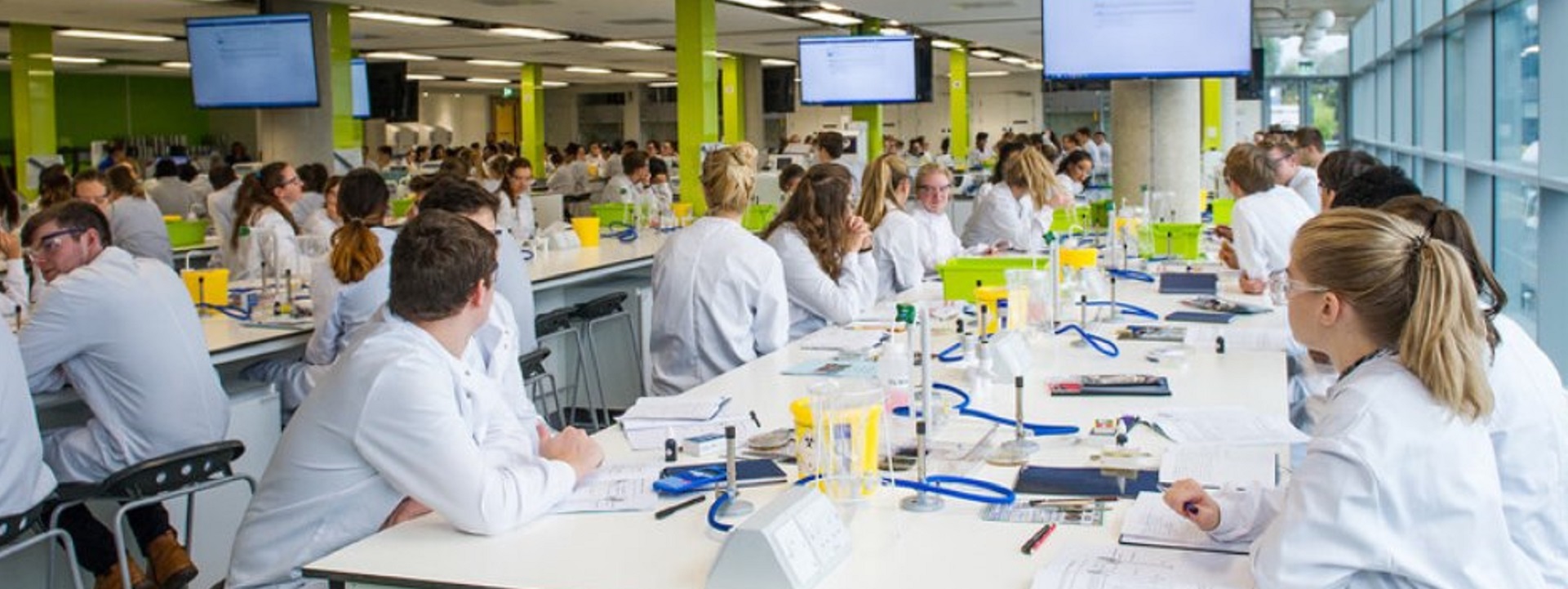

Readings:
Kitchen Dimensions: Code Requirements & NKBA Guidelines
University of North Dakota: Sanitation & Food Safety Operating Manual
The Campus Kitchen at the University of Georgia
University of Florida: An Introduction to Shared-Use Commercial Kitchens
Related:
Food Safety
Education communities have significant food safety responsibilities. Risk gets pushed around global food service counterparties; a drama in itself and one that requires coverage in a separate blog post.*
Since 2013 we have been following the development of food safety standards; among them ANSI/NSF 2: Food Equipment one of a constellation of NSF food safety titles whose provisions cover bakery, cafeteria, kitchen, and pantry units and other food handling and processing equipment such as tables and components, counters, hoods, shelves, and sinks. The purpose of this Standard is to establish minimum food protection and sanitation requirements for the materials, design, fabrication, construction, and performance of food handling and processing equipment.
It is a relatively stable standard; developed to support conformance revenue for products. A new landing page seems to have emerged in recent months:
https://www.nsf.org/testing/food
You may be enlightened by the concepts running through this standard as can be seen on a past, pre-pandemic agenda:
NSF 2 Food Safety 2019 Meeting Packet – Final Draft
NSF 2 Food Safety 2019 Meeting Summary – August 21-22 Ann Arbor NSF Headquarters
NSF 2 Food Equipment Fabrication Agenda – FEF – TG – 2021-01-12
Not trivial agendas with concepts that cut across several disciplines involving product manufacture, installation, operation and maintenance. We find a very strong influence of organizations such as Aramark and Sodexo. More on that in a separate post.
This committee – along with several other joint committees –meets frequently online. If you wish to participate, and receive access to documents that explain the scope and scale of NSF food safety standards, please contact Allan Rose, (734) 827-3817, arose@nsf.org. NSF International welcomes guests/observers to nearly all of its standards-setting technical committees. We expect another online meeting hosted by this committee any day now.
Keep in mind that all NSF International titles are on the standing agenda of our Nourriture (Food) colloquia; open to everyone. See our CALENDAR for the next meeting.
Issue: [13-113] [15-126]
Category: Facility Asset Management, Healthcare, Residence Hall, Athletics
Colleagues: Mike Anthony, Tracey Artley, Keith Koster, Richard Robben
LEARN MORE:
ANSI Blog | Changes to NSF 2 Food Safety Equipment Standard
NSF International Food Safety 2018 Meeting Summary – 2018-08-22 – Final Draft
2017 Food Code | US Food & Drug Administration
Hygiene Requirements For The Design Of Meat And Poultry Processing Equipment
Commercial Kitchens
2024 GROUP A PROPOSED CHANGES TO THE I-CODES: Complete Monograph (2658 pages)
Commercial kitchens offer several benefits, such as efficient food preparation and large-scale production, allowing businesses to meet high demand. They provide professional-grade equipment and ample space, enabling chefs to explore culinary creativity. Commercial kitchens also promote hygiene and food safety standards, with dedicated cleaning protocols and inspections. However, hazards can arise from the high-temperature cooking equipment, sharp tools, and potentially hazardous substances. There is also a risk of burns, slips, and falls, emphasizing the importance of proper training and safety measures. Adequate ventilation and fire safety systems are vital to prevent accidents and maintain a healthy working environment.
The International Code Council is re-configuring its code development process in nearly every dimension. While that situation stabilizes let us review the back-and-forth on this topic during the previous revision cycle (linked below):
2021 International Building Code Section 306 Factory Group F Moderate Hazard
2021 International Fire Code Section 606 Commercial Cooking Equipment and Systems
The International Code Council has recently re-configured its code development calendar:
2024/2025/2026 ICC CODE DEVELOPMENT SCHEDULE
Public hearings on the proposed changes happen in Orlando, April 7-16.
Commercial kitchen electrical power wiring requirements are covered extensively in Article 210 through Article 215 of the National Electrical Code. Standards action in this domain is referred to IEEE Education & Healthcare Facility Committee.
ASHRAE International: Calculating Airflow Rates, Cooking Loads in Commercial Kitchens
Related
International Mechanical Code: Chapter 10 Boilers, Water Heaters and Pressure Vessels
AGA Response to The Atlantic Article about Natural Gas Cooking
Thomas Edison State University: Undergraduate Certificate in Gas Distribution
Kitchens | Americans with Disabilities Act
Following is the current text of the Americans with Disabilities Act of 1990 (ADA), including changes made by the ADA Amendments Act of 2008 (P.L. 110-325), which became effective on January 1, 2009.
The ADA was originally enacted in public law format and later rearranged and published in the United States Code. The United States Code is divided into titles and chapters that classify laws according to their subject matter. Titles I, II, III, and V of the original law are codified in Title 42, chapter 126, of the United States Code beginning at section 12101. Title IV of the original law is codified in Title 47, chapter 5, of the United States Code. Since this codification resulted in changes in the numbering system, the Table of Contents provides the section numbers of the ADA as originally enacted in brackets after the codified section numbers and headings.
CHAPTER 126—EQUAL OPPORTUNITY FOR INDIVIDUALS WITH DISABILITIES
Kitchen Wiring
Education communities are stewards of hundreds of commercial-class kitchens in which the proximate risk of electrical energy must be managed — water spills and grease, fires, worn electrical cords on countertop equipment, faulty wiring or equipment, damaged outlets or connectors, and improperly used or damaged extension cords among them. The safety and sustainability rules for this occupancy class is identified as Assembly Group A-2 in Section 303 of the International Building Code
We explore recent transcripts of expert committee activity in NEC Article 210 and provide links to video commentary.
Public comment on the First Draft of the 2026 NEC is open until 28 August 2024. We typically coordinate our effort with the IEEE Education & Healthcare Facilities Committee. The workspace set up for generating proposals can be found in the link below.
2023 National Electrical Code (Free Access)
Other access portals:
Michigan Electrical Code: Part 8 Rules
Transcripts of the 2023 NEC are linked below:
We examine transcripts to track technical specifics that apply to student accommodation kitchens (on and off campus), university-affiliated hospital kitchens and sport arenas.
Relevant Research:
Smart Kitchen: Real Time Monitoring of Kitchen through IoT
Design of Chinese Smart Kitchen Based on Users’ Behavior
Intelligent kitchen management system based on gas safety
A Futuristic Kitchen Assistant – Powered by Artificial Intelligence and Robotics
A Multi-radar Architecture for Human Activity Recognition in Indoor Kitchen Environments
New update alert! The 2022 update to the Trademark Assignment Dataset is now available online. Find 1.29 million trademark assignments, involving 2.28 million unique trademark properties issued by the USPTO between March 1952 and January 2023: https://t.co/njrDAbSpwB pic.twitter.com/GkAXrHoQ9T
— USPTO (@uspto) July 13, 2023
Standards Michigan Group, LLC
2723 South State Street | Suite 150
Ann Arbor, MI 48104 USA
888-746-3670




